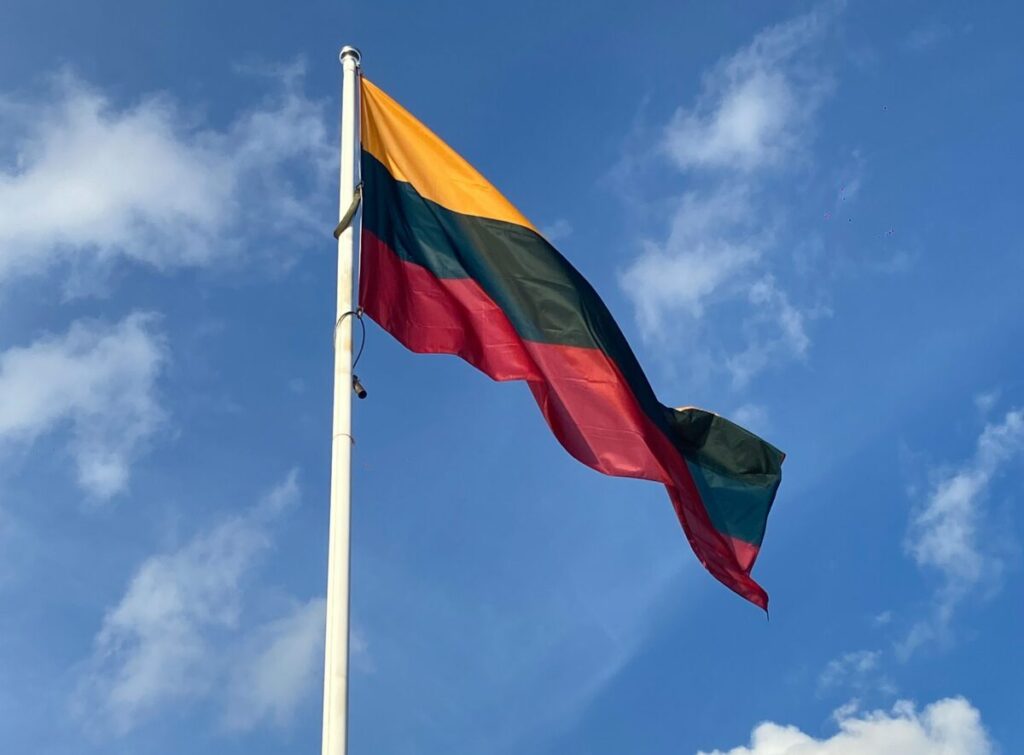Lithuania added a record capacity in 2024 and pushed cumulative installations to almost 2 GW, largely powered by residential systems and a favorable regulatory framework.
Lithuania added 870 MW Solar in 2024, established a new calendar year record and surpassed the 572 MW installed in 2022 and 536 MW in 2023.
The additions raised the total solar capacity of Lithuania to more than 1.97 GW, including almost 1.4 GW residential solar sun and 583 MW capacity on utility scale.
Juras Ulbikas, research director at the Vilnius -based Applied Research Institute for Prospective Technologies, and Vitas Maciulis, former president of the Lithuanian Solar Energy Association, said PV -Magazine These favorable legal, administrative and technical circumstances continue to stimulate the growth of solar energy.
Households have access to subsidies for 30% of the installation costs for systems up to 10 kW, while small and medium -sized companies are eligible for a maximum of 25%. Energy communities led by private individuals or companies can receive up to 45% in subsidies, they said.
Net measurement applies to residential installations up to 500 kW. Ulbikas and Maciulis said they expect that 16% of Lithuania electricity users will become predictors by 2030.
Although the government is considering a shift from net measurement to net invoicing – and new commercial systems no longer are eligible – Ulbikas and Maciulis noted that the authorities have promised not to change the current scheme for 10 years.
Ulbikas and Maciulis also said that sun factories in the countryside, where Land is cheaper, can supply electricity to city centers, where consumers only pay a transmission costs to the grid operator. They added that consumers can buy or lease part of a large-scale solar installation. For example, a person can buy 5 kW from a station of 1,000 kW and use the energy produced in his household. The network mechanism applies to such acquisitions.
This is facilitated by an online platform of the largest electricity producer in Lithuania, ignitis, which helps users select a power plant. They explained that households will be able to contract and pay part of the power plant via the platform, similar to the purchase of a theater ticket. They claimed that this option will considerably stimulate the acceptance of solar energy between households and commercial smart measuring systems.
Despite the “rather friendly” legal and administrative regulatory environment in Lithuania, Ulbikas and Maciulis remarked that grid connections can still be a challenge.
They noted that the Grid DSO and TSO processes document acceptance and test activities are slowly moving, sometimes a year more than a year, while factory construction on Utility scale lasts only a few months. They added that constant discussions between schedules, the Ministry of Energy and the Lithuanian Solar Energy Association have not been ‘fertile’.
They explained that a newly erected schedule aims to tackle the weaknesses of the grid by promoting hybrid solar and wind systems that are connected via a single point. This approach effectively doubles the power of the grid to absorb power, which means that 100 kW of wind and 100 kW solar -zonne energy can be connected via a single 100 kW line. It helps to solve the problem of limited grid drove for variable renewable energy sources.
The Lithuanian government also invests in support schedules for storage installations on homes and utility scale, of which Ulbikas and Maciulis say they are in the country in “rapid development”.
Evaluations by the Lithuanian Ministry of Energy predict that the combined solar capacity of Lithuania could reach 2.7 GW by the end of this year and by the end of 2026 3.2 GW. By 2028, the Lithuanian Solar Energy Association Prediction will become more than 4 GW of Solar in the country, more than 2 GW of both Residential and Utility projects.
This content is protected by copyright and may not be reused. If you want to work with us and reuse part of our content, please contact: editors@pv-magazine.com.

